Why do traditional demand forecasting methods fail in volatile markets? How can organizations balance efficiency with sustainability and ESG commitments using AI-driven insights?
Disruption is the new normal in supply chains due to increasing global uncertainty, complex geopolitical conflicts, extreme weather, and the over-optimization of lean, globalized systems that lack flexibility. These continuous disruptions, which can range from supplier delays to market volatility and natural disasters, expose the vulnerability of traditional, rigid supply chain designs.
Consequently, businesses must adapt by incorporating advanced technologies like AI for Supply Chain Resilience & Optimization to build resilience and flexibility into their supply chains, enabling them to anticipate, respond to, and recover from these frequent shocks effectively.
Table of Contents
- Introduction: Why Disruption Is the New Normal
- AI-Powered Demand Forecasting & Inventory Optimization
- Predictive Supplier Risk Management & Resilience
- Smart Logistics: Route Optimization & Real-Time Tracking
- AI-Driven Procurement: Cost Reduction & Strategic Sourcing
- Sustainability & ESG: Greener, Smarter Supply Chains
- Industry Case Studies: Manufacturing, Retail & Pharma
- CXO Roadmap: Future-Proofing Supply Chains with AI
- Conclusion – CXO Takeaway
- FAQs
Modern global supply chains are highly complex, with numerous interconnected nodes. A disruption at one point can propagate and amplify across the entire network through a “ripple effect”.
Conflicts and trade tensions create ongoing risks, particularly in critical trade corridors and essential materials.
The increasing frequency and severity of extreme weather events, including droughts, floods, and fires, pose significant threats to logistical infrastructure and supply flow.
The COVID-19 pandemic exposed how past efforts to create efficient, “lean” supply chains had inadvertently reduced flexibility, making them more susceptible to systemic shocks.
The focus has shifted from pure cost efficiency to building supply chains that are adaptable and able to withstand unforeseen events. Traditional static supply chain structures are no longer sufficient; dynamic network designs are required to adapt to changing environments.
AI-Powered Demand Forecasting & Inventory Optimization
AI-powered demand forecasting and inventory optimization uses machine learning in the supply chain to analyze vast datasets, including past sales, market trends, and economic indicators, to predict future product demand with greater accuracy. This enables companies to maintain optimal stock levels, reducing waste overstocking, king, and avoiding lost sales from stockouts.
How AI-Powered Demand Forecasting Works
AI algorithms process large datasets encompassing historical sales, market trends, economic factors, competitor activity, weather patterns, and even social media sentiment.
These algorithms identify complex patterns and trends to forecast future demand fluctuations more accurately than traditional methods.
AI provides real-time insights, allowing companies to dynamically adjust production, procurement, and distribution plans to match predicted demand.
Benefits of AI for Inventory Optimization
Minimizes excess inventory, which ties up capital, and lowers holding costs.
Predicts demand accurately, ensuring sufficient stock to meet customer needs and improving satisfaction.
Automates stock replenishment and reordering, freeing up human resources for strategic tasks.
Improves warehouse layout and space allocation based on predicted demand patterns, reducing picking times, and logistics costs.
Predictive Supplier Risk Management & Resilience
AI for Supply Chain transforms the associated risk management by providing real-time, predictive insights into supplier vulnerabilities and potential disruptions.
It analyzes vast datasets from various sources to detect anomalies, forecast risks like financial instability or geopolitical events, and enable proactive mitigation through automated alerts and scenario planning.
This leads to enhanced supply chain resilience, improved decision-making, greater visibility, and a more agile, responsive, and cost-effective operation.
How AI Enhances Predictive Supplier Risk Management
AI processes diverse data streams to identify hidden patterns and potential issues.
AI models can predict supplier performance and potential risks by analyzing historical and real-time data.
AI-driven platforms generate automated alerts, notifying relevant personnel, and allowing timely intervention.
AI for Supply Chain enhances management of inventory levels more effectively, reducing stockouts and overstock.
Benefits for Supply Chain Resilience
AI provides end-to-end visibility in supplier networks and the overall supply chain, reducing vulnerabilities. Companies can develop and implement proactive mitigation strategies before disruptions occur.
AI-driven automation ensures that supply chains can respond to disruptions in real-time by adjusting production schedules, rerouting shipments, and updating stakeholders.
Since predictive AI surfaces critical information, enabling faster and smarter decisions. This leads to lower inventory holding expenses, and significant cost reductions.
Recommended Readings:
Smart Logistics: Route Optimization & Real-Time Tracking
The AI supply chain management uses algorithms to optimize delivery routes by analyzing real-time data on factors like traffic, weather, and vehicle capacity, leading to reduced costs, improved delivery times, and increased efficiency.
Real-time tracking, a core component of this system, provides continuous visibility into shipment location and status, enabling proactive issue resolution, enhanced customer satisfaction, and greater supply chain resilience.
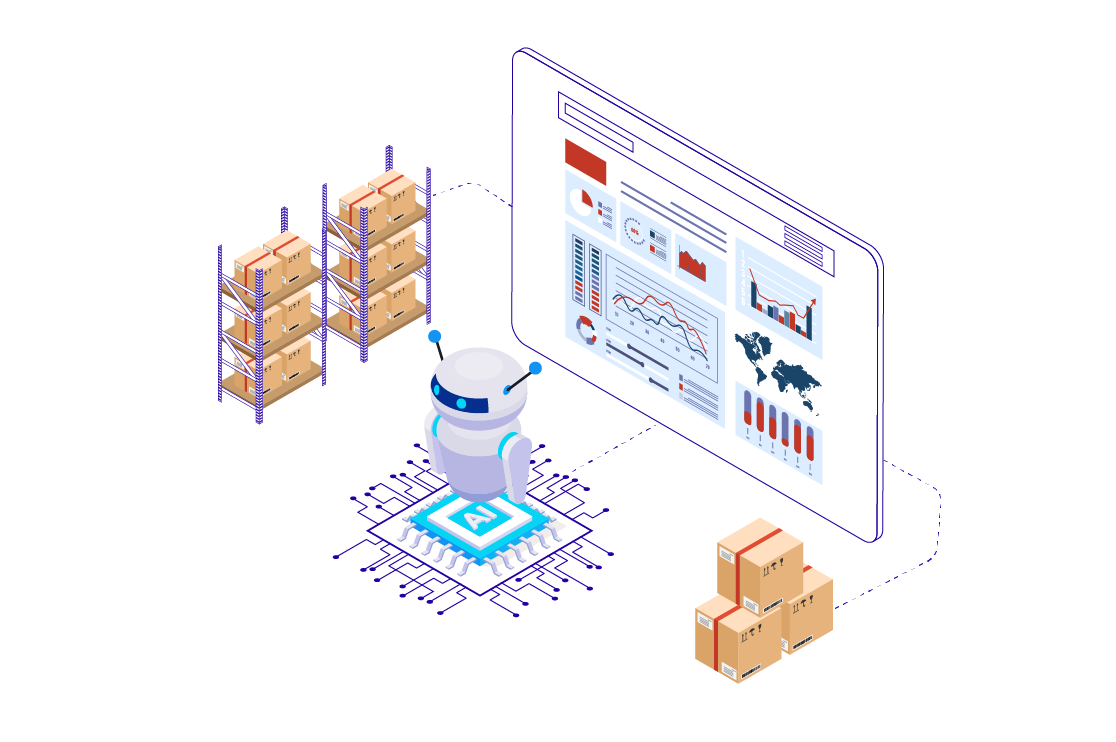
Machine learning in supply chain analyzes vast amounts of data, including real-time traffic, weather forecasts, road conditions, and delivery priorities, to calculate the most efficient routes.
By identifying the shortest, fastest, or most fuel-efficient paths, AI for Supply Chain helps reduce transportation costs and lower a company’s carbon footprint.
Customers receive accurate, real-time updates on their deliveries, fostering trust and enhancing their overall service experience.
The combination of route optimization, real-time tracking, and AI in logistics and supply chains transforms the associated operations, making them faster, more cost-effective, reliable, and customer centric.
AI-Driven Procurement: Cost Reduction & Strategic Sourcing
AI in Procurement automates manual tasks, enabling data-driven decision-making, cost-saving opportunities and optimizing supplier selection. It enhances efficiency by streamlining supplier onboarding, contract negotiation, and demand planning, allowing businesses to achieve significant cost savings.
How Supply Chain Artificial Intelligence Reduces Costs
AI automates repetitive, labor-intensive tasks like data entry, invoice processing, and spend analysis, minimizing manual effort and the potential for costly human errors.
AI algorithms can quickly categorize, normalize, and analyze spend data across the entire procurement process, revealing cost-saving opportunities and areas for supplier consolidation.
AI uses predictive analytics and real-time data insights to forecast market conditions and prices, enabling more effective negotiation strategies.
By optimizing costs and making smarter, faster decisions, organizations can leverage AI for Supply Chain to gain a significant competitive advantage in their respective industries.
Sustainability & ESG: Greener, Smarter Supply Chains
AI for Supply Chain Resilience & Optimization significantly advances sustainability and ESG in supply chains by providing real-time data analysis, predictive capabilities, and automation that reduce waste, optimize logistics, and improve transparency. It creates smarter, greener supply chains that are resilient to disruptions and aligned with ethical standards.
Environmental Applications: Greener operations
AI supply chain management algorithms analyze real-time data, such as weather, traffic, and vehicle performance, to plan the most fuel-efficient routes. This reduces fuel consumption, lowers carbon emissions, and minimizes the environmental footprint of transportation.
By analyzing historical data, market trends, and external factors, AI can predict demand with high accuracy. This prevents overproduction and overstocking, reducing waste and unnecessary storage of energy consumption.
The AI-powered systems monitor and analyze energy usage patterns across the supply chain. This helps to identify inefficiencies and recommends strategies for energy optimization, potentially leading to a 25–30% reduction in energy costs.
AI monitors equipment health to anticipate potential breakdowns before they occur. This reduces unexpected downtime and minimizes the need for urgent shipping or replacement parts, conserving resources and energy.
Trends include the integration of AI for Supply Chain Resilience & Optimization in areas like demand planning, predictive maintenance, and generative AI for enhanced customer interaction.
While AI in logistics and supply chain offers substantial benefits such as improved punctuality, increased efficiency, and reduced emissions, challenges remain, including data security, scalability, ethical workforce considerations, and the need for strategic cultural shifts within organizations.
Key Statistics
AI-driven forecasting can improve accuracy by up to 85%.
AI implementation has led to a 65% reduction in manual tasks in procurement.
AI applications can reduce forecast errors by as much as 50%.
AI can help decrease inventory levels by up to 35%.
Companies have seen improvements in logistics costs, with one study showing a 15% reduction.
AI tools can identify potential disruptions with 30% higher accuracy than traditional methods.
AI adoption in sustainability tracking is significant, reaching 62%.
CXO Roadmap: Future-Proofing Logistics with AI for Supply Chain Resilience & Optimization
For supply chain CXOs, building a roadmap for adoption of supply chain artificial intelligence is crucial for future proofing against market volatility and operational disruptions.
Key areas for executive focus include leveraging predictive analytics for demand and risk, enhancing end-to-end visibility with IoT, and driving efficiency with intelligent automation. A successful roadmap progresses from identifying high-impact use cases to a staged, data-centric implementation supported by organizational change management.
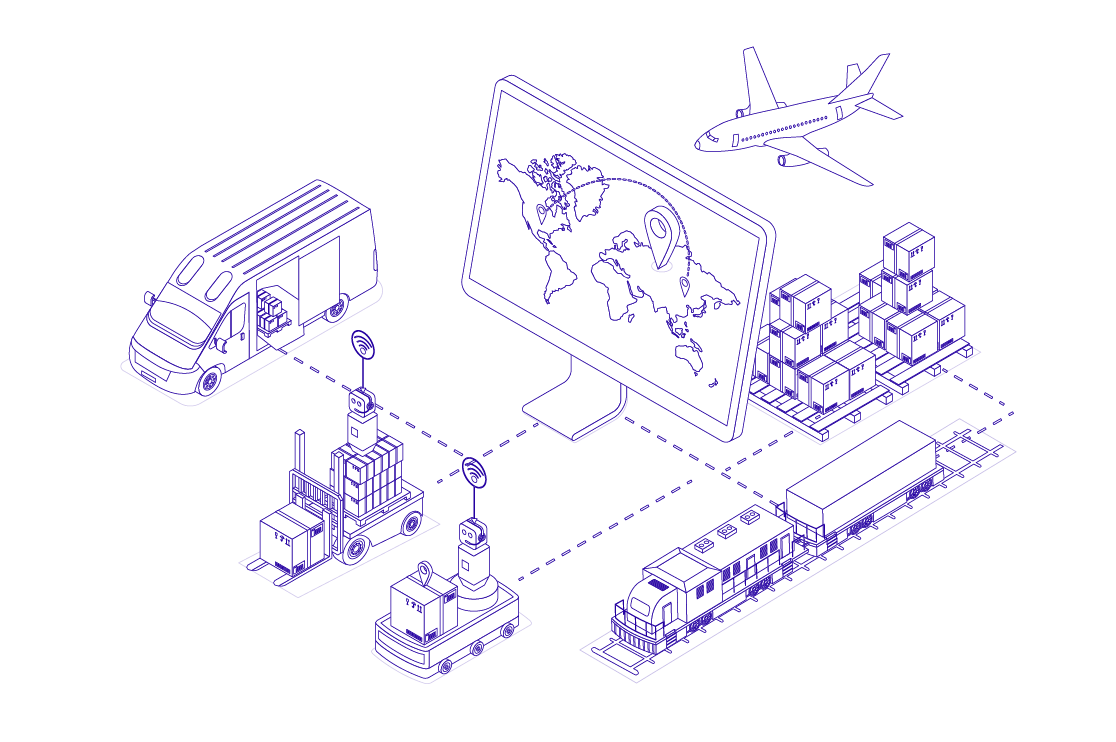
Several US-based supply chain businesses have benefited from the use of AI by reducing forecast errors by up to 50%.
While the potential of AI for Supply Chain Resilience & Optimization is immense, a balanced perspective is essential.
Human oversight is crucial for interpreting AI-generated insights and managing unforeseen, “black swan” risks that AI models supply chains cannot predict.
Biased or low-quality data will produce unreliable AI outputs. The focus must be on ensuring the integrity and accuracy of the data feeding the models.
CXOs must move beyond reactive measures to a proactive, predictive supply chain artificial intelligence strategy. They must consider the ethical implications of AI for Supply Chain Resilience & Optimization, addressing concerns about data privacy & security, and bias. Establishing strong governance frameworks is necessary to manage these risks and build stakeholder trust.
Conclusion
AI is not just a technological upgrade. It’s a strategic imperative.
From forecasting and logistics to procurement and sustainability, AI supply chain management helps to anticipate disruptions, optimize operations, and navigate complexity with agility.
CXO Takeaway: Invest now in supply chain artificial intelligence capabilities from reputed AI consulting & integration service providers like BluEnt since they embed predictive analytics & real-time tracking to future-proof operations and drive competitive advantage.
FAQs
How does AI improve demand forecasting and inventory management?AI enables multivariate, real-time forecasting using diverse data—boosting accuracy and cutting inventory waste.
Can AI predict and mitigate supplier risk?Yes—AI analyzes signals like disruptions and supplier performance to flag risks early and suggest alternatives.
What role does AI play in logistics route optimization?AI uses real-time data to optimize routes, cut delays, and reduce carbon emissions in logistics.
How is AI transforming procurement to reduce costs?AI automates sourcing—analyzing supplier data, predicting cost scenarios, and enabling strategic decisions.
How can AI support sustainability and ESG goals?AI optimizes supply chain operations to lower carbon footprint, enable green sourcing, and track ESG metrics.












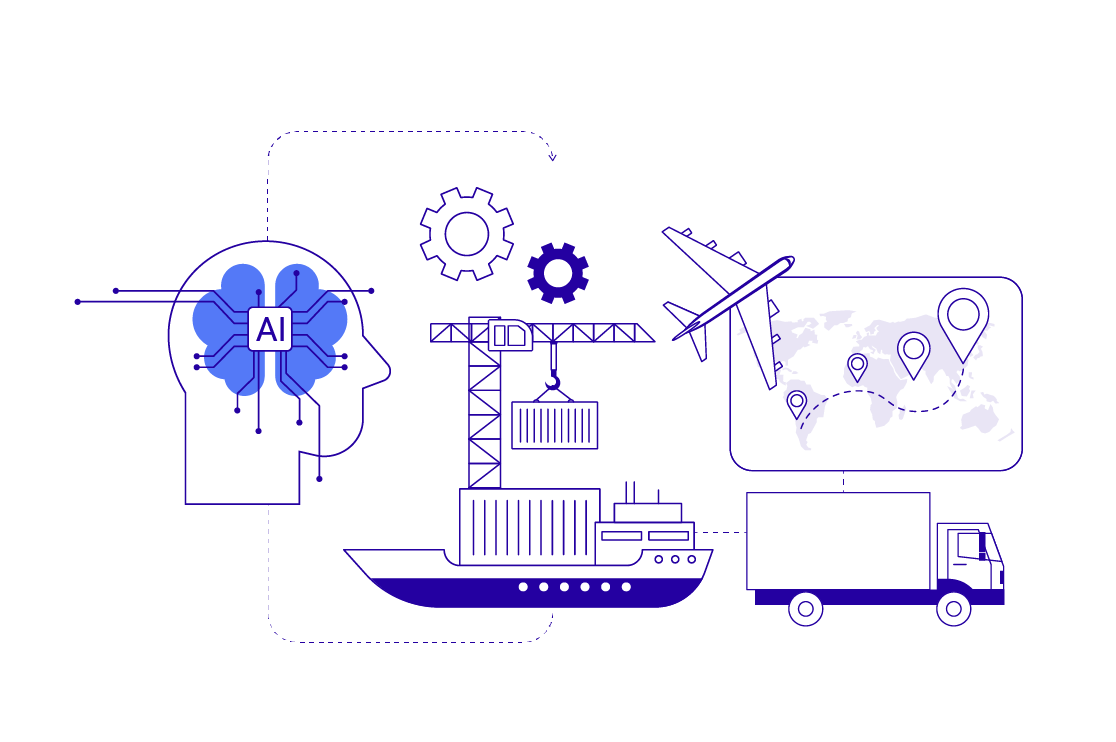
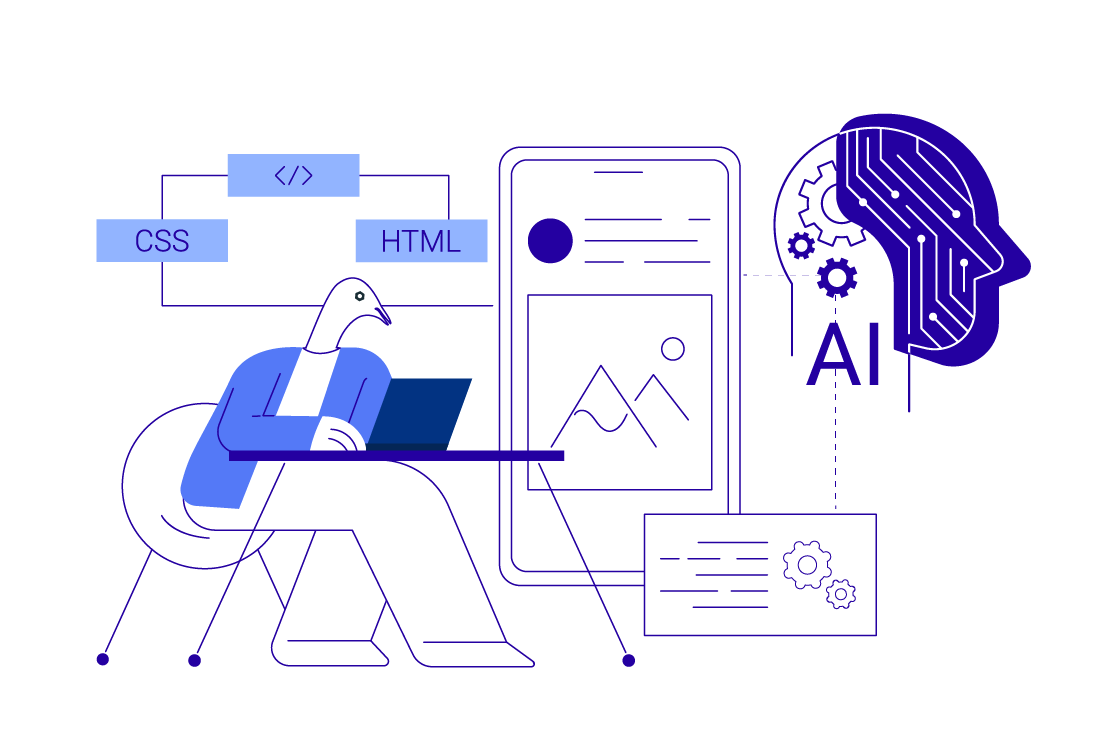 AI in Programming: Disruption, Evolution, and CXO Strategy
AI in Programming: Disruption, Evolution, and CXO Strategy 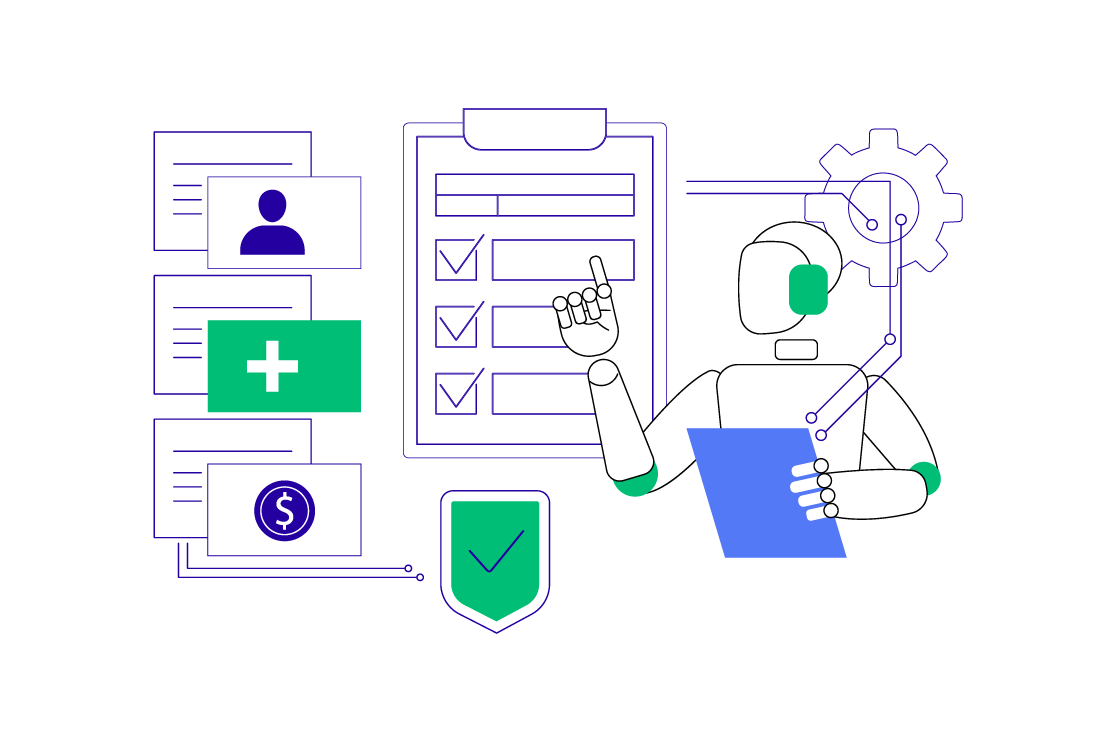 AI in Healthcare Administration: Cutting Costs & Boosting Efficiency
AI in Healthcare Administration: Cutting Costs & Boosting Efficiency 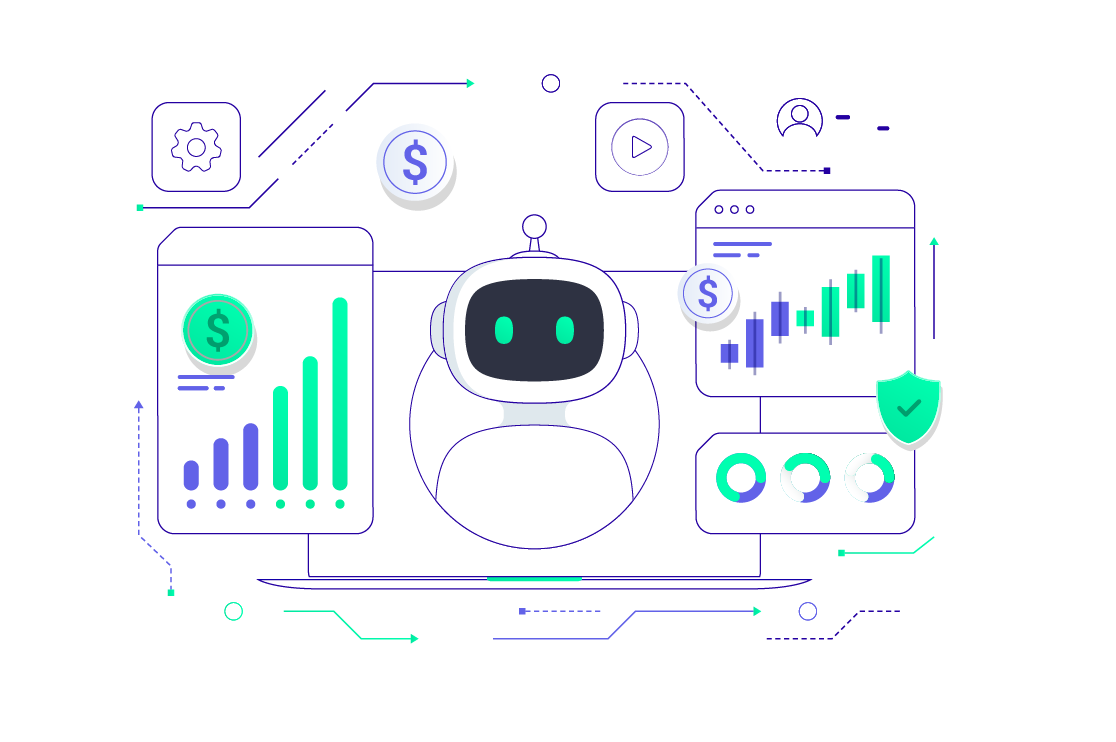 AI in Financial Services: From Risk Management to Revenue Growth
AI in Financial Services: From Risk Management to Revenue Growth 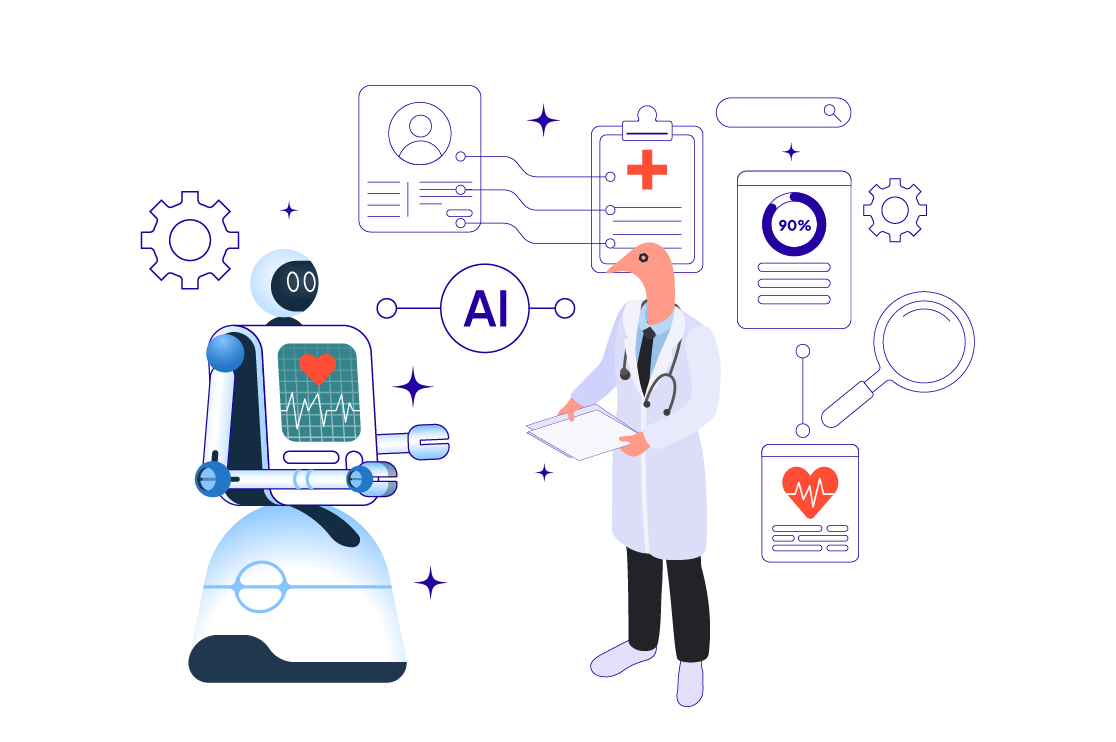 AI in Healthcare: The Path to Precision Medicine & Board-Level Strategy
AI in Healthcare: The Path to Precision Medicine & Board-Level Strategy 
